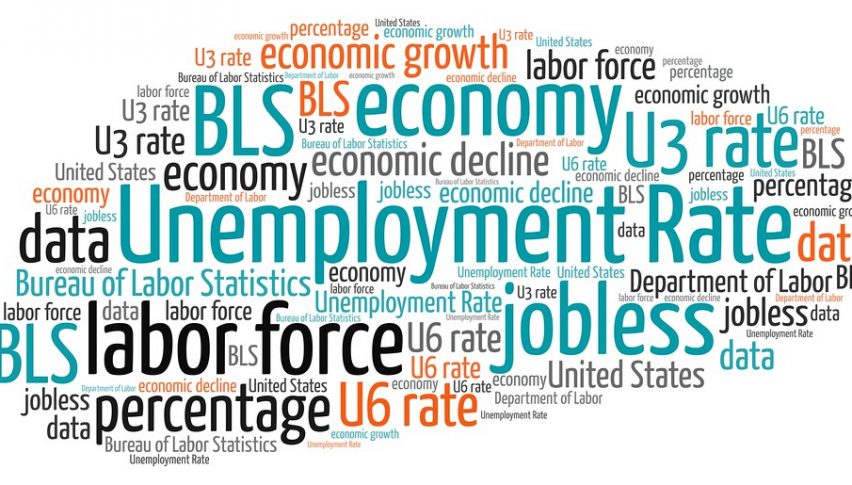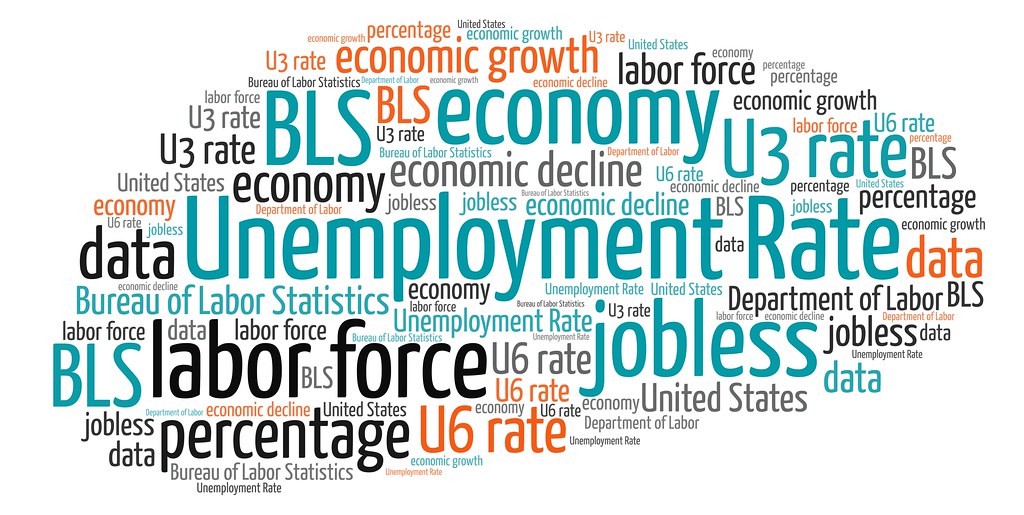USD Ends Higher After the NFP
Yesterday traders were focused on the NFP report, which came out mixed, with the USD trying both sides, helped by FED members as well.

Yesterday traders were focused on the NFP report, which came out mixed, with the USD trying both sides, helped by FED members as well. Initially, the market reacted to the August NFP report with a dovish outlook, but it turned out to be more of a mixed bag. Fed officials Waller and Williams didn’t lean heavily on dovish rhetoric, causing the market to shift away from expecting a 50 basis point rate cut. After the NFP report, there was a 57% chance priced in for a 50 basis point cut, which temporarily weakened the USD.

However, after taking deeper look into the report, markets came to the conclusion that the NFP report wasn’t that bad. Instead, it shows that July’s weak number was due to hurricane Beryl, which forced many businesses to shut off during that month. Besides that, the unemployment rate fell after a series of increasing months, which is another positive sign. So, the US Dollar ended the day higher, which might be the start of a bullish trend.
US August Non-Farm Payrolls (NFP) Report
- Non-farm payrolls: +142K vs +160K expected (previous was +114K)
- Two-month net revision: -86K vs -29K prior
- Unemployment rate: 4.2% (expected 4.2%, prior 4.3%)
- Unrounded unemployment rate: 4.220% vs 4.252% prior
- Participation rate: 62.7% (same as prior)
- Private payrolls: +118K vs +139K expected (prior revised down from 97K to 74K)
- U6 underemployment rate: 7.9% vs 7.8% prior
- Average hourly earnings (m/m): +0.4% vs +0.3% expected (prior revised from +0.2% to -0.1%)
- Average hourly earnings (y/y): +3.8% vs +3.7% expected
- Average weekly hours: 34.3 vs 34.2 prior
- Manufacturing payrolls: -24K vs +1K prior
- Household survey: +168K vs +67K prior
- Government jobs: +24K vs +17K prior
- Full-time jobs: -438K vs +448K prior
- Part-time jobs: +527K vs -325K prior
But, the headline job numbers and the slight drop in the unemployment rate weren’t enough to make a 50 basis point cut the baseline, but they also weren’t strong enough to fully dismiss the possibility, especially given July’s downward revisions. Former Boston Fed President Eric Rosengren echoed this sentiment, stating that a 25 basis point cut is more likely, with payrolls rising by more than 140,000 and the unemployment rate dipping by 0.1% to 4.2%. Gains were seen in construction (+24k) and leisure and hospitality (+46k), suggesting no immediate risk of recession and consistent with 2% real GDP growth. As a result, a 50 basis point cut seems unlikely, with a 25 basis point reduction being more plausible.
- Check out our free forex signals
- Follow the top economic events on FX Leaders economic calendar
- Trade better, discover more Forex Trading Strategies
- Open a FREE Trading Account


